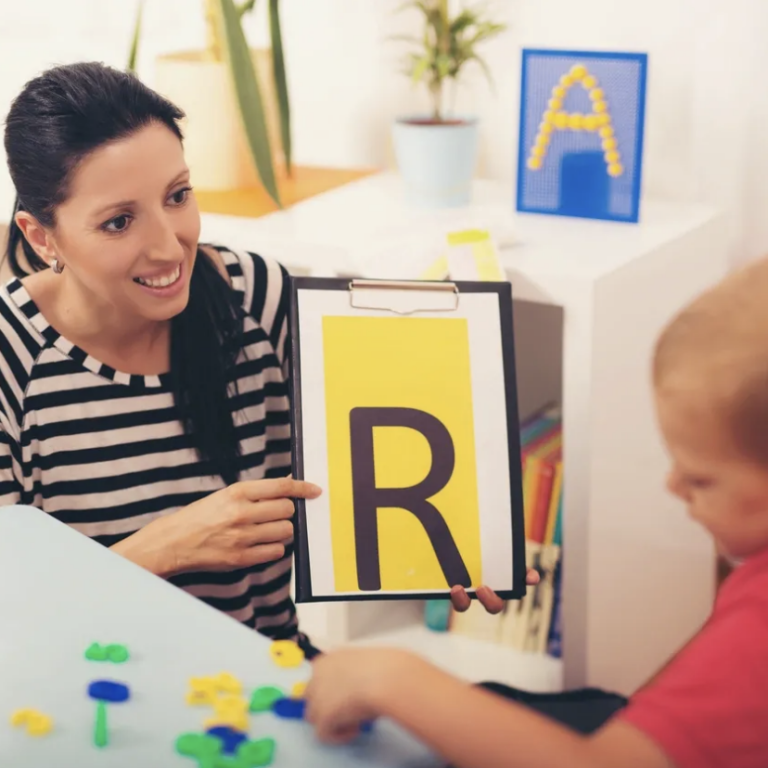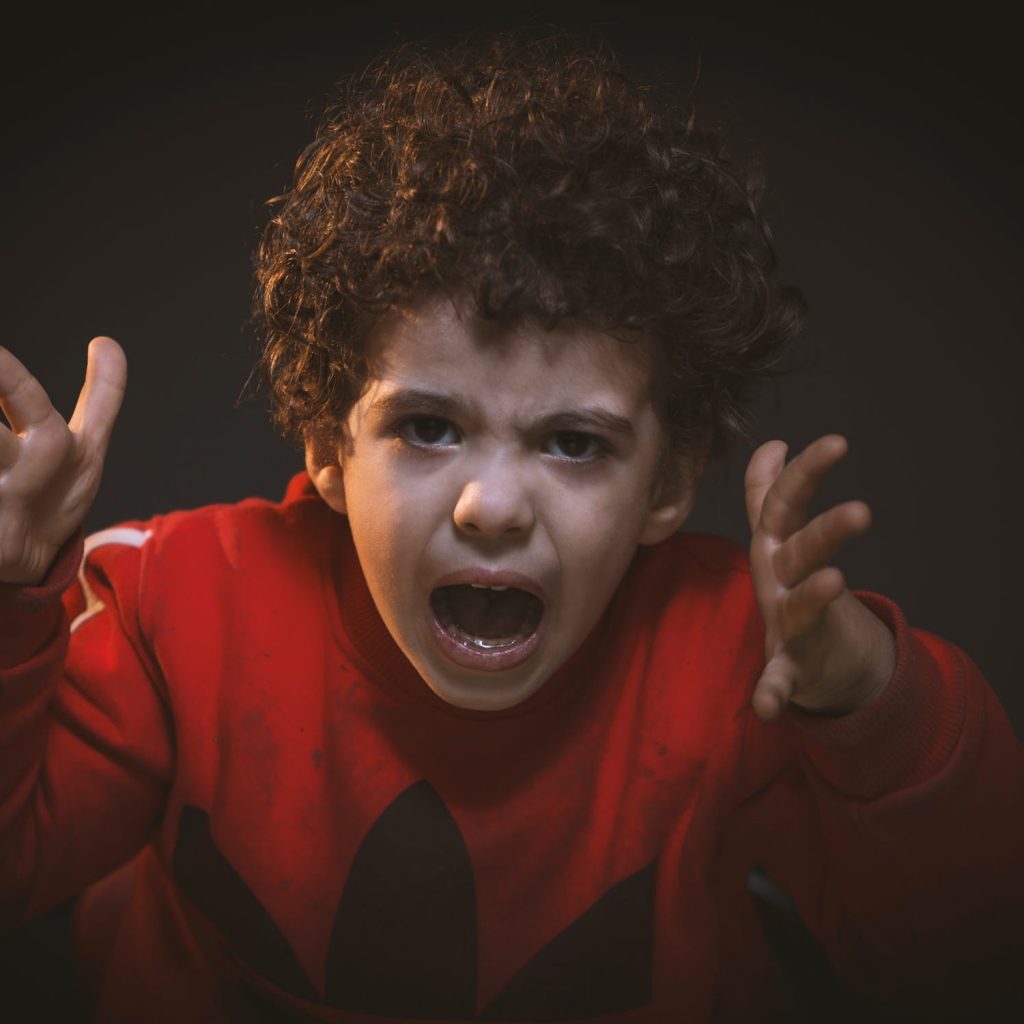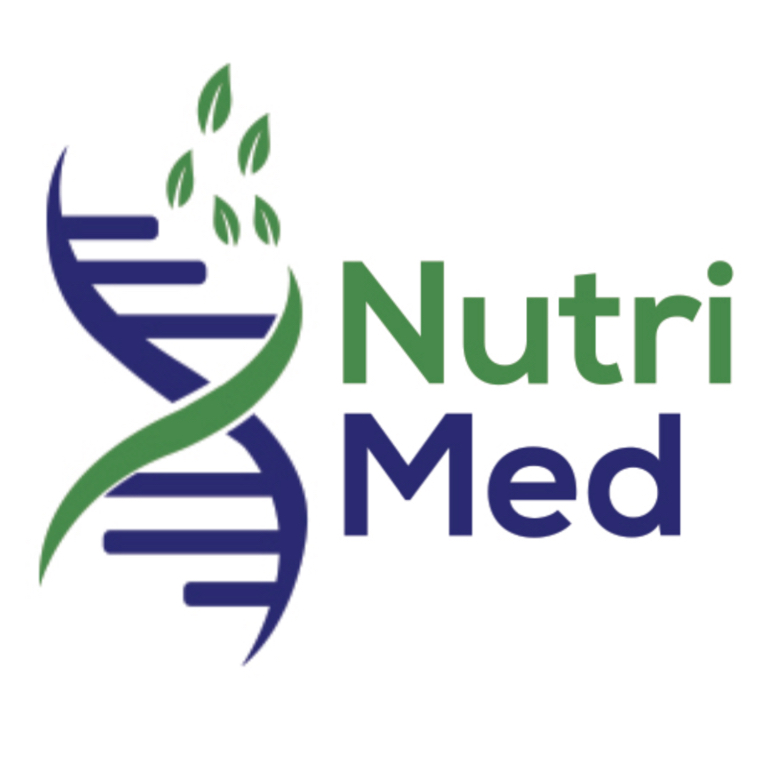Autism Spectrum Disorder
What is Autism Spectrum Disorder
Autism spectrum disorder is a group of conditions that are classified as neurodevelopmental diseases according to the fifth edition of the American Association of Psychiatrists’ Diagnostic and Statistical Manual of Mental Disorders.
Individuals with ASD exhibit three main types of symptoms:
- Problems in social communication and interaction.
- Recurring patterns of behavior or activities
- Speech Delay
Autism Spectrum Disorder classifications
1- Autism
Also known as classical autism disorder. Autism is characterized by poor social interaction, verbal and non-verbal communication, and restricted and repetitive behavior patterns. Autism affects the process of data processing in the brain by altering how neurons relate to their synapses; however how this happens is not yet understood.
2- Asperger syndrome
Is a developmental disorder characterized by significant difficulties in social interaction and nonverbal communication, along with restricted and repetitive patterns of behavior and interests. As a milder autism spectrum disorder (ASD), it differs from other ASDs by relatively normal language and intelligence.
3- Pervasive developmental disorder not otherwise specified
Is severe and pervasive impairment in the development of reciprocal social interaction or verbal and nonverbal communication skills, or when stereotyped behavior, interests, and activities are present, but the criteria are not met for a specific pervasive development disorders. PDD-NOS is often called atypical autism, because the criteria for autistic disorder are not met
Autism symptoms
Autistic symptoms appear in most infants, while other children may develop a quite naturally during the first months or years of their lives but suddenly become locked in themselves, hostile or lose the language skills they have acquired.
The signs and symptoms of autism vary from one patient to another. Despite the same medical diagnosis, autistic patients behave in completely different ways and each has different skills; however, the following qualities are most common:
1- Social skills
- Avoid direct visual contact
- He often doesn’t seem to hear his talker
- He doesn’t respond to calling his name
- He refuses to hug or shrink on himself
- It seems that he does not understand or understand the feelings and feelings of others
- He likes to play alone, and falls into his own world

2- Language skills
- Speech delay, speech begins at a later age, compared to other children
- Loses the ability to say certain words or sentences previously known
- When he wants something to make a visual connection instead of talking
- Speaking in a strange voice or with different tones and rhythm
- Cannot initiate a conversation or continue an existing conversation
- May repeat words, phrases or terms, but does not know how to use them

3- Behavior
- Performs repetitive movements such as waving, shaking, or rotating in circles
- Follows habits and rituals that is usually repetitive – Loses his temper when there is any change, even small change in these customs or rituals
- Hyperactive
- Unexpected reactions such as stunned or dazzled by the rotation of wheel in a toy car
- Overly sensitive, to light, to sound or to touch, but unable to feel pain
- Has difficulty sharing his experiences with others

Causes of Autism Spectrum Disorder
Autism is a complex disorder and have overlapping causes that have led to a degree of complexity in understanding the cause of autism; however there are some theories that explain the causes of autism.
1- Genetic causes
Evidence suggests that autism has a genetic basis, with studies suggesting that autism rates are as high as 60% to 90% among twins, also siblings with autism are 25 times more likely to develop Autism. However, most genes involved in increasing the risk of autism have not been identified. Yet Autism Spectrum Disorder may affect people in a family that has not had the disease before.
2- Environmental reasons
Although evidences of environmental factors are uncertain, attempts are made to understand them. Environmental factors that are supposed to contribute to or lead to autism include certain foods, infectious diseases, heavy metals, solvents, diesel exhausts, chlorine, phenols used in plastics and pesticides, alcohol, smoking, drugs, and prenatal stress , Although there is no conclusive evidence.
On the other hand it is believed that environmental factors impact takes place during the first weeks of pregnancy and the beginning of the developmental stages of the child through the impact on nervous activity and might cause genetic mutations leading to autism.
* Theories have been found to blame vaccinations
because autism symptoms appear near the date of periodic children vaccination. These theories blame vaccines and the preservative in them, causing autism have been proven fake. Despite this, parents have been worried about continuing their child vaccinations.

 Cart is empty
Cart is empty